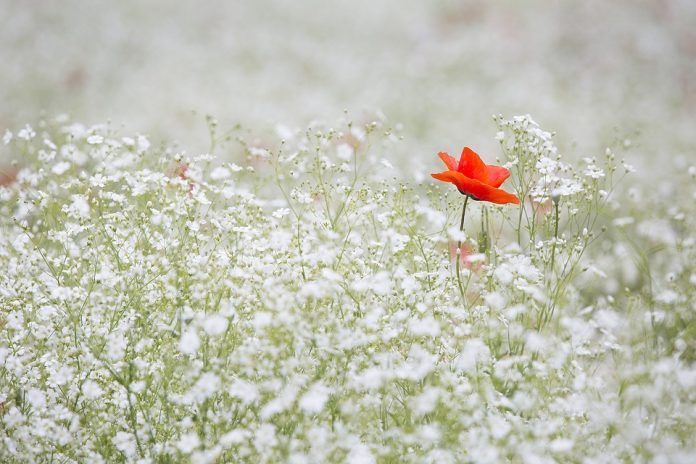[ad_1]
How to Plant and Care for Perennial Flowers in Pots
Perennial flowers are a great way to add color and beauty to your garden. They come back year after year, providing a reliable source of color and beauty. Planting and caring for perennial flowers in pots is a great way to enjoy these plants without having to worry about them taking over your garden. Here are some tips for planting and caring for perennial flowers in pots.
Choosing the Right Pot
The first step in planting and caring for perennial flowers in pots is to choose the right pot. The size of the pot should be determined by the size of the plant. A pot that is too small will not provide enough room for the roots to grow and the plant will not thrive. A pot that is too large will cause the soil to become waterlogged and the plant will not be able to get enough oxygen.
When choosing a pot, make sure it has drainage holes in the bottom. This will allow excess water to drain away from the roots and prevent the soil from becoming waterlogged. It is also important to choose a pot that is made from a material that will not crack or break easily. Clay pots are a popular choice for perennial flowers, as they are durable and provide good drainage.
Preparing the Soil
Once you have chosen the right pot, it is time to prepare the soil. The soil should be light and well-draining. A good potting mix is ideal for perennial flowers, as it contains the right balance of nutrients and drainage. If you are using a potting mix, make sure to mix in some compost or other organic matter to provide additional nutrients.
Once the soil is prepared, it is time to plant the flowers. Make sure to plant the flowers at the same depth as they were in the pot they came in. If the flowers are planted too deeply, they may not be able to get enough light and may not thrive.
Watering and Fertilizing
Once the flowers are planted, it is important to water them regularly. Perennial flowers need to be watered deeply, but not too often. Watering too often can cause the soil to become waterlogged and the roots may rot. It is best to water the flowers in the morning, so the soil has time to dry out during the day.
Fertilizing is also important for perennial flowers in pots. A balanced fertilizer should be applied every few weeks during the growing season. This will provide the plants with the nutrients they need to thrive.
Pruning and Deadheading
Pruning and deadheading are important for keeping perennial flowers in pots looking their best. Pruning should be done in the spring, after the flowers have finished blooming. This will help to keep the plants from becoming overgrown and will encourage new growth. Deadheading should be done throughout the growing season, as this will help to keep the plants looking neat and tidy.
Protecting from Pests and Diseases
Pests and diseases can be a problem for perennial flowers in pots. To protect the plants, it is important to inspect them regularly for signs of pests or disease. If any are found, they should be treated immediately. It is also important to keep the plants well-watered and fertilized, as this will help to keep them healthy and less susceptible to pests and diseases.
Conclusion
Planting and caring for perennial flowers in pots is a great way to enjoy these plants without having to worry about them taking over your garden. By following the tips outlined above, you can ensure that your perennial flowers will thrive and provide you with years of beauty and color.
[ad_2]

